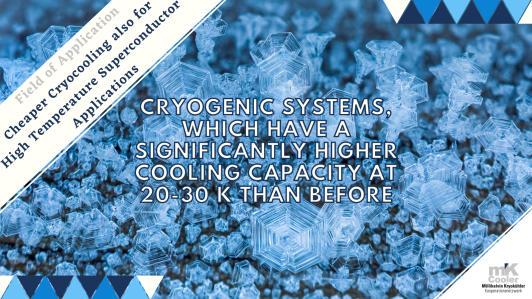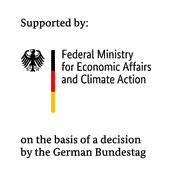for high temperature superconductor (HTS) applications

©Niklas Guenther via Canva.com
Despite the transition temperatures of "common" superconductor materials (e.g. Bi2Sr2Ca2Cu3O10 (BSCCO): 110 K and Y-Ba2Cu3O7 (YBCO): 92 K), which are now well above 4K, they still require cryocooling at preferably 20-30 K for the load case (at high currents), since the transition temperature is strongly dependent on the current conducted at the surface of the superconductor and the external magnetic field.
For this purpose, cryogenic systems would have to be developed that have a significantly higher cooling capacity at 20-30 K than has been the case up to now, in order to be able to conduct the current levels required for many applications through the HTS.
Another approach - for the mK cooler range - is to use HTS magnets for the ADR in order to relieve the second, weaker cooling stage necessary for the mK range and to realise the cooling of the magnets for the ADR through the first cooling stage. The electrical supply lines to the magnets are also HTS conductors and could be optimised.

